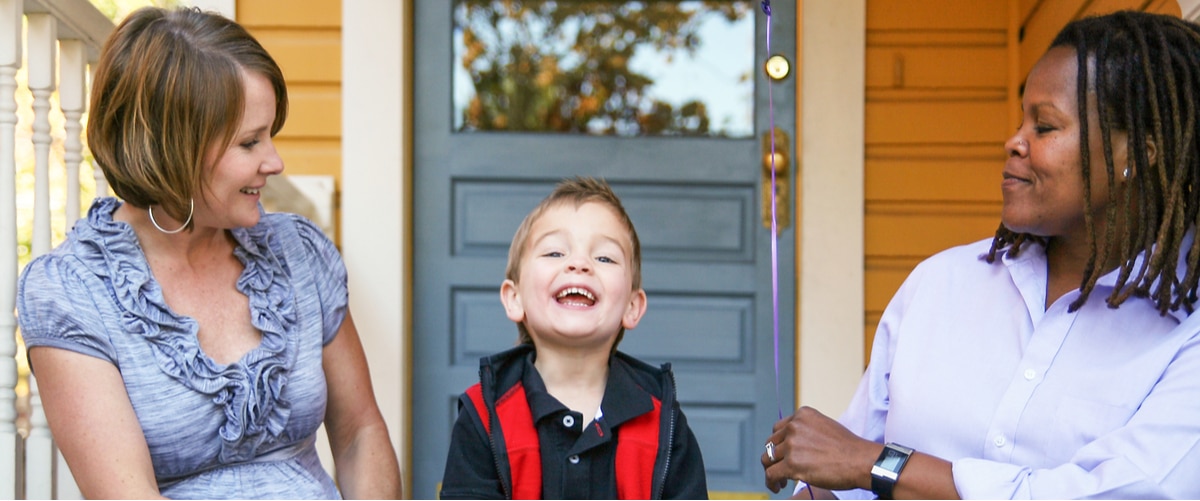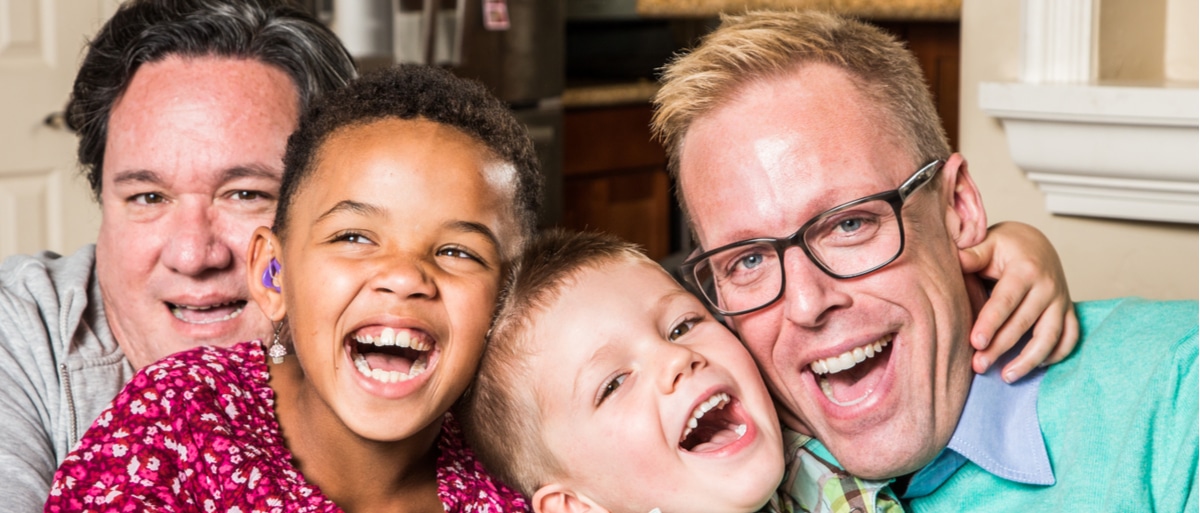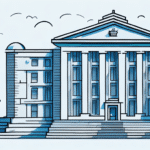When was Gay Marriage Legalized in Canada?

External Links:
- Same-sex marriage in Canada – Wikipedia: This Wikipedia page provides a comprehensive overview of the legalization of same-sex marriage in Canada.
- Same-Sex Marriage in Canada | The Canadian Encyclopedia: This article from The Canadian Encyclopedia offers a detailed history of same-sex marriage in Canada.
- Canadian Marriage FAQ – National Center for Lesbian Rights: This PDF provides answers to common questions about same-sex marriage in Canada.
- TIMELINE | Same-sex rights in Canada | CBC News: This timeline from CBC News tracks the progression of same-sex rights in Canada.
- Same-Sex Marriage Around the World – Pew Research Center: This fact sheet from Pew Research Center provides a global perspective on same-sex marriage.
- Marriage Equality Around the World – Human Rights Campaign: This resource from the Human Rights Campaign offers a global view of marriage equality.
- Marriage Equality | The History of Social Change: This article discusses the history of marriage equality, including Canada’s role in it.
- LGBT Rights in Canada | Equaldex: This page provides a summary of LGBT rights in Canada, including the legalization of same-sex marriage.
Ken Maynard CDFA, Acc.FM
I assist intelligent and successful couples in crafting rapid, custom separation agreements that pave the way for a smooth transition towards a secure future. This efficient process is achieved in about four meetings, effectively sidestepping the excessive conflicts, confusion, and costs commonly linked to legal proceedings. Clients have the flexibility to collaborate with me either via video conference or in-person through a DTSW associate at any of our six Greater Toronto mediation centers, located in Aurora, Barrie, North York, Vaughan, Mississauga, and Scarborough.
Have a few questions - Tap here to Schedule a Get Acquainted Call








